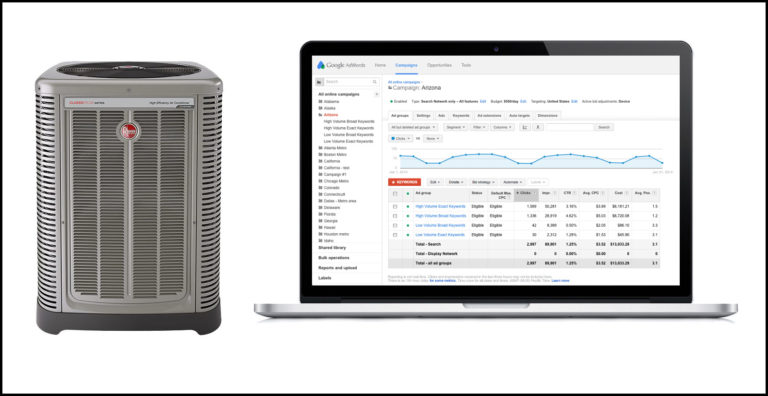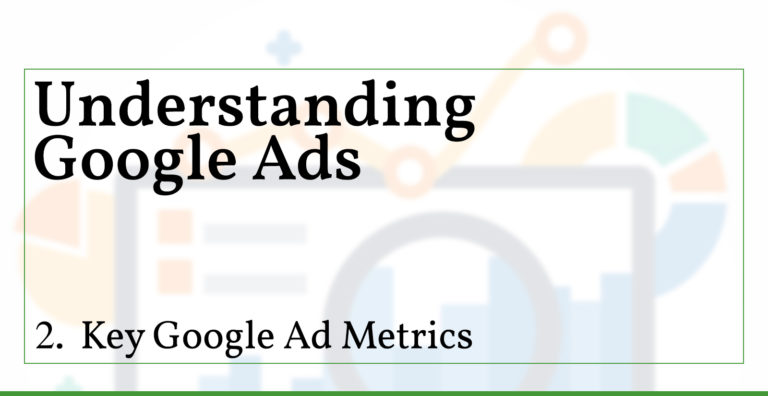For years, broad match was the black sheep of Google Ads. It cast too wide of a net, catching irrelevant terms, competitor names, and vague searches that led to wasted spend and high CPAs. Many advertisers, myself included, avoided it altogether or relegated it to test campaigns with extremely tight negative keyword lists.
But lately, something has changed.
Broad Match in the Past: A Messy Experiment
When the “new” broad match was first introduced, it was frustrating. Instead of finding potential customers, it often filled accounts with wasted clicks. Relevance was weak, queries weren’t matching intent, and the cost per acquisition climbed quickly. For advertisers running lean budgets, it was simply unsustainable.
The worst offenders?
In short, broad match wasn’t worth the hassle.
What I’m Seeing Now: Long-Tail Broad Match Is Different
Over the last month, I’ve noticed a shift across multiple client accounts — especially in local service industries, such as HVAC. Broad match long-tail keywords are now generating higher-quality conversions at competitive CPAs, sometimes even outperforming phrase match.
A couple of real examples:
The difference is stark: instead of irrelevant noise, Google appears to be delivering more accurate matches to user intent.
Why This Might Be Happening
Several factors could explain why broad match is improving:
- AI + Smart Bidding Improvements
Google’s machine learning systems are likely getting better at pairing queries with intent. When paired with strategies like Maximize Conversions or Target CPA, broad match has more data to optimize against. - Shift Toward Long-Tail Queries
People are searching in more conversational, specific ways (thanks to voice search and mobile). Long-tail broad match can capture these without requiring you to manually build out endless keyword variations. - Better Integration With Audience Signals
Broad match appears to work more intelligently when combined with audience targeting (in-market, affinity, and remarketing). Google isn’t just looking at the keyword anymore — it’s matching the query to the user profile.
Should Advertisers Embrace Broad Match Again?
Cautiously, yes. Broad match is no longer the reckless, budget-draining setting it once was. But it’s not “set it and forget it” either. Here’s how to use it intelligently:
The key is not to abandon phrase or exact match, but to consider broad match a stronger tool in your kit than it was even a year ago.
Final Thoughts
Broad match still has risks, but it’s evolving. In industries such as HVAC, home services, and local lead generation, I’m seeing performance gains that weren’t previously present. For advertisers who’ve been burned by it in the past, it might be time to give broad match another test run — especially for long-tail, intent-rich keywords.
Ready to Boost Your Google Ads Performance?
At Rooks Advertising Agency, we are PPC specialists and certified Google Ads managers with a proven track record of helping businesses like yours succeed. We stay on top of the latest platform updates and leverage Pay-per-click strategies to maximize your ROI.
Contact us today, and we can help your business grow!
By: Caylie Rowe,
Pay-per-click Strategist,
Rooks Advertising Agency







